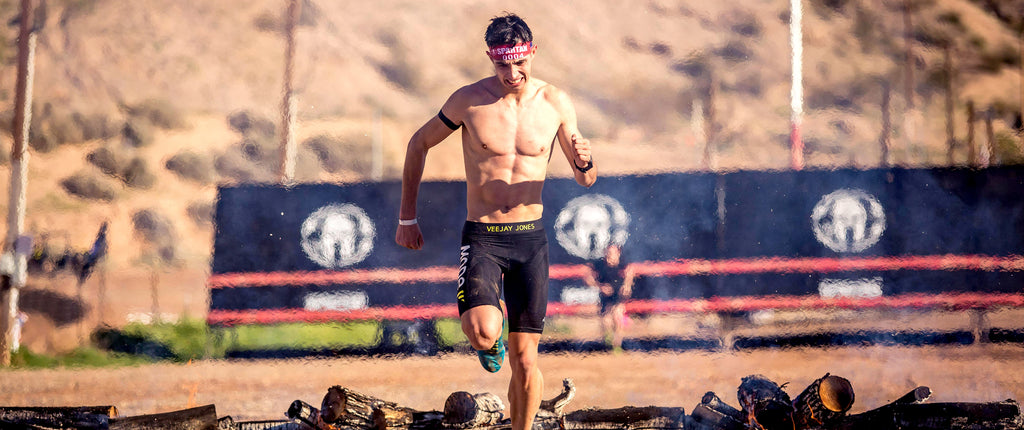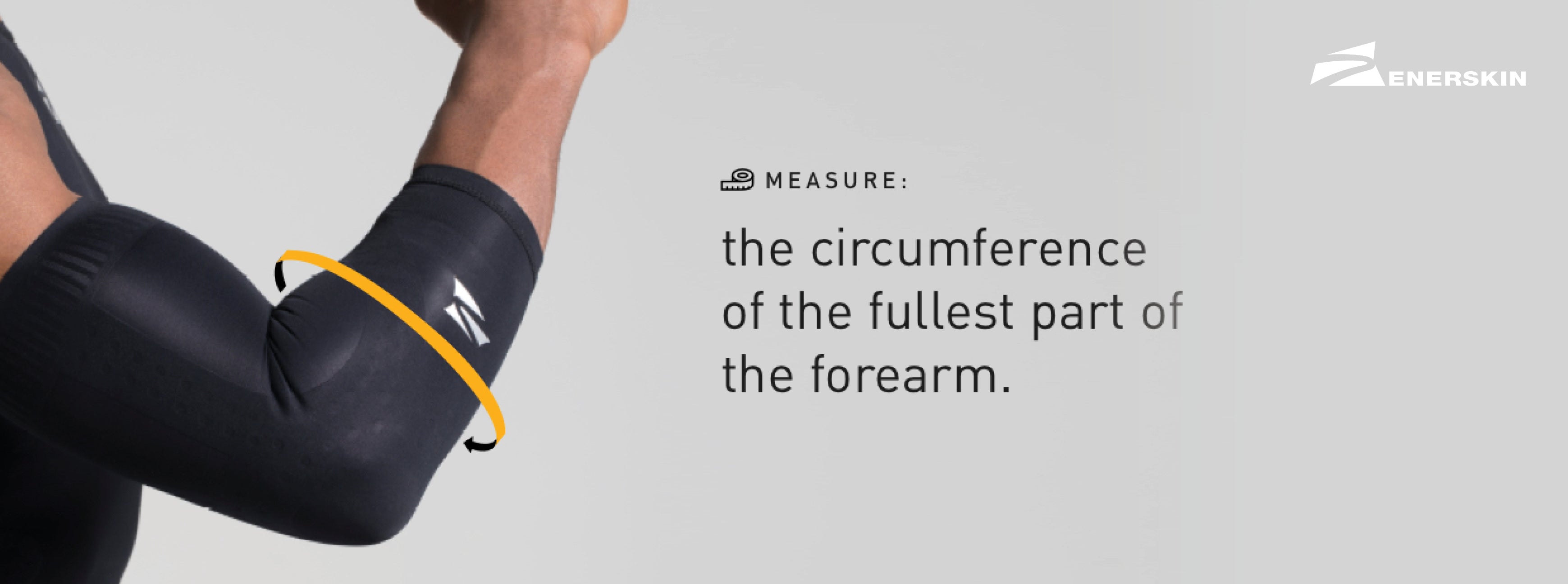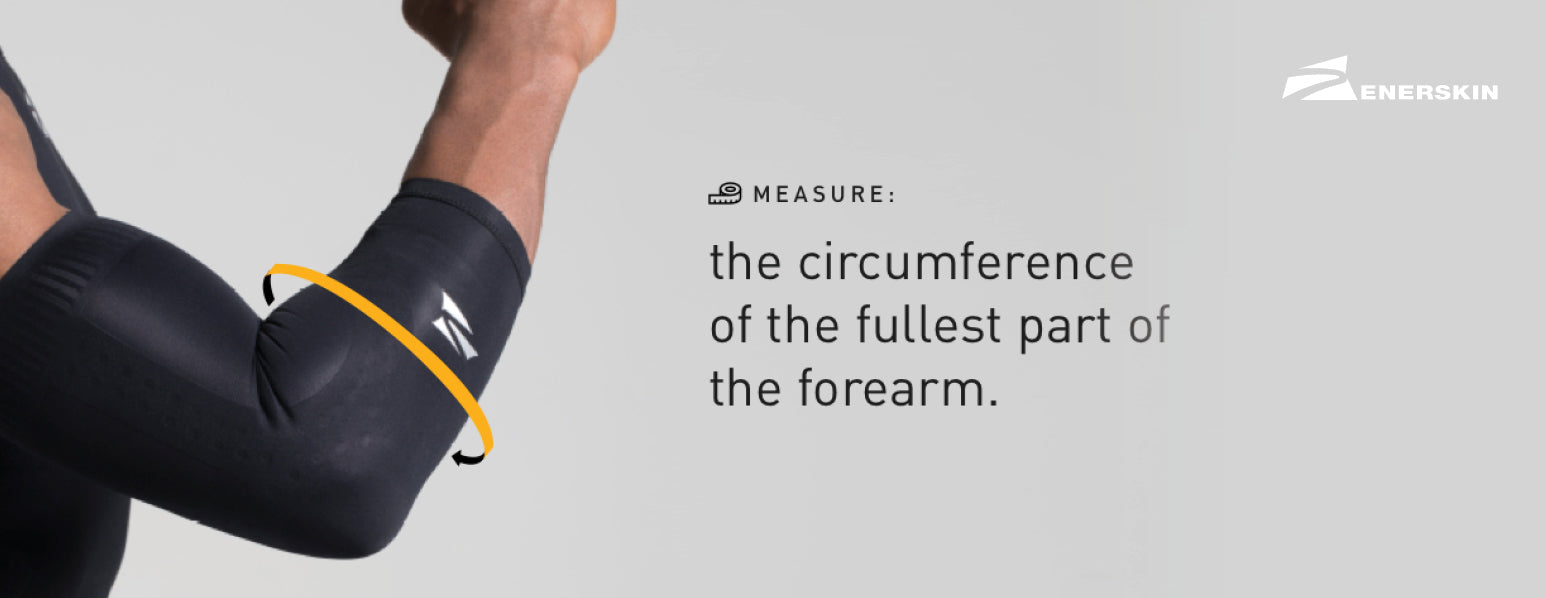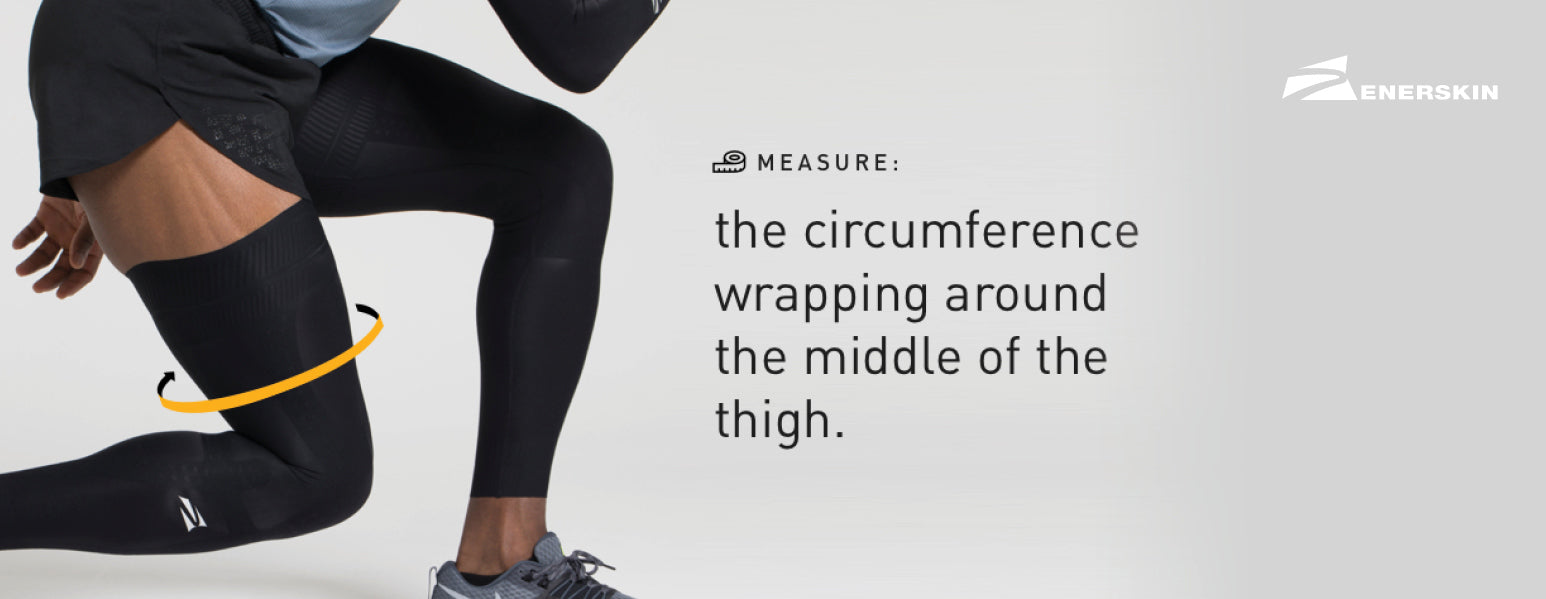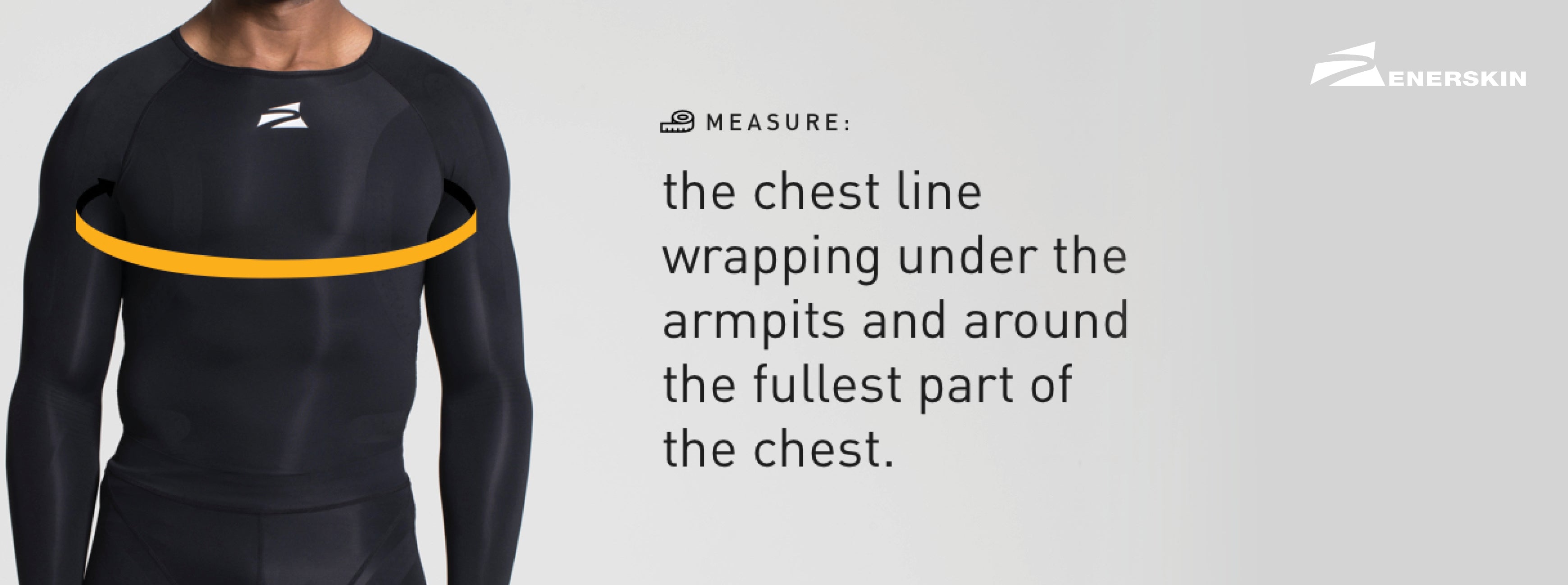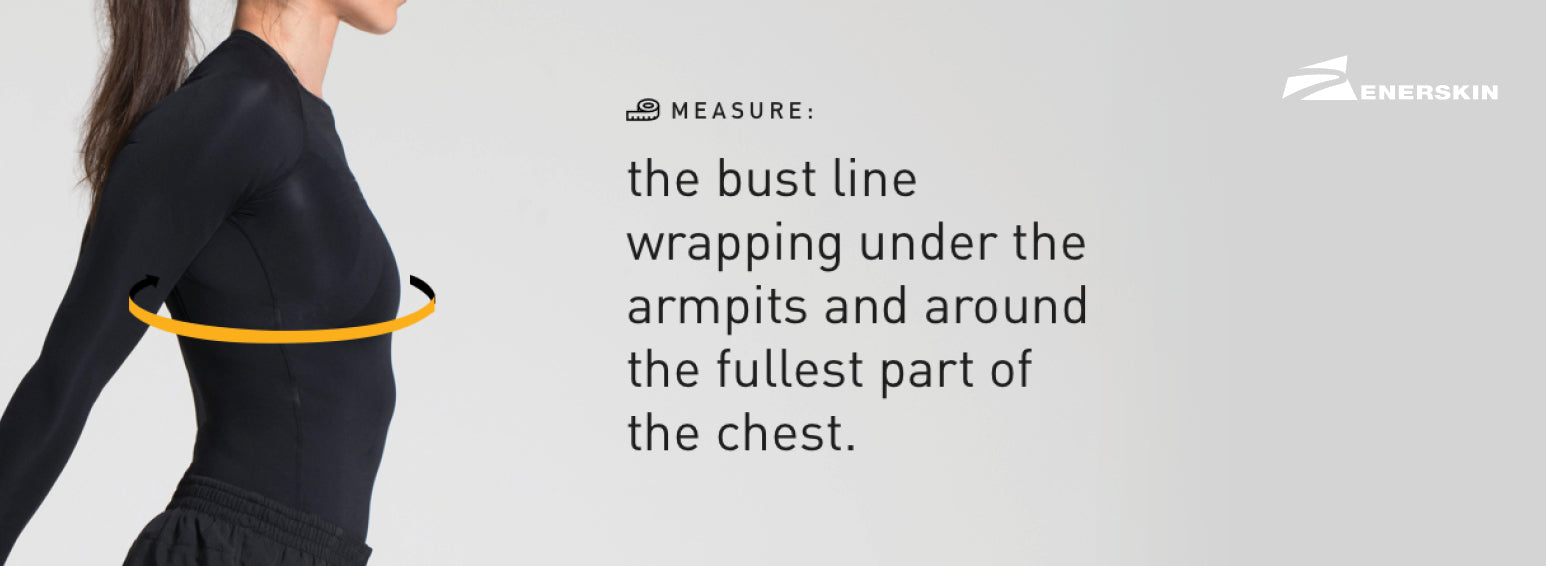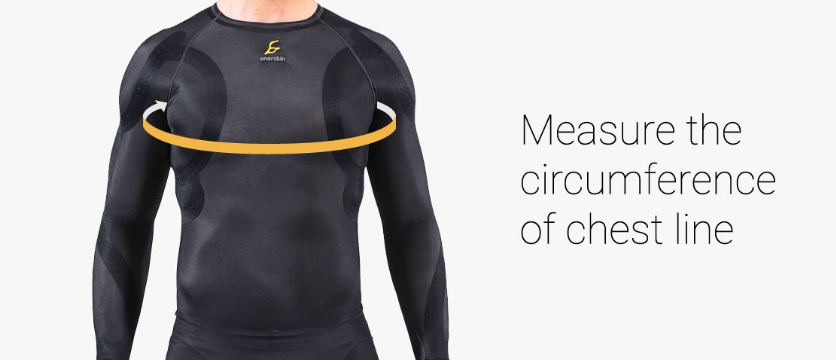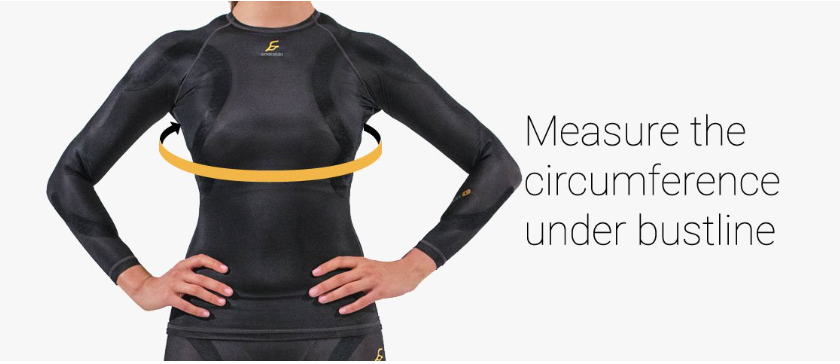Obstacle Course Racing
Since ancient times, athletes have challenged themselves and competed with others in foot races and other track and field events. As long as there have been people and terrain, races have happened, whether in an elementary school playground or at the Boston Marathon. It isn’t hard to see that running and competing make up a core part of the human identity.

Over the past decade, a new kind of race has exploded in popularity. Known as Obstacle Course Racing, or OCR for short, this race involves not just running, but also jumping, crawling, working with others, and navigating through a variety of challenging physical barriers. From mud-filled pits to monkey bars suspended in the air to even 10,000-volt wires that give off an electric shock, these obstacles add to the mental and physical challenge of the race while providing a race with more variety.
History
Obstacle Course Racing started in the late 1980s with the introduction of the U.K.-based Tough Guy race. This race aimed to test participants’ biggest fears, whether that was heights, small spaces, fire, water, or electricity. Several well-known modern races were conceived between 2009 and 2010, including Warrior Dash, Spartan Race, and Tough Mudder. The OCR scene has not looked back since, easily bypassing the growth rate of half and full marathons.
Courses
Courses range in length and scope depending on the company behind the race. For the most part, OCRs are shorter mileage (under 10 miles, with some races starting at 1-1.5 miles long). They will most definitely contain a series of obstacles, ranging from a small handful and going up to 25-30 obstacles. All obstacles are creatively designed and meant to challenge you physically and mentally. Some obstacles are so well-known and iconic that they have names.
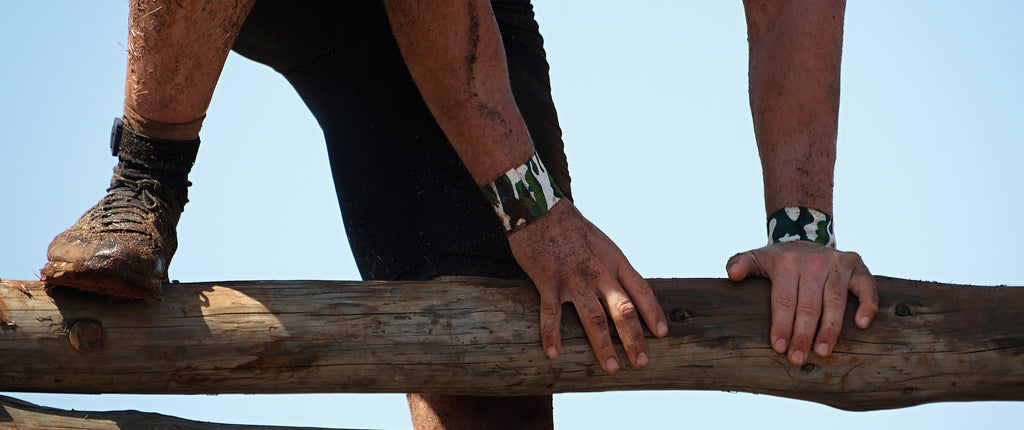
Regardless of the company, OCRs are meant to add a layer of additional fun and challenge. Many courses encourage teamwork, and the community is very open and welcoming.
Appeal
You might be wondering why someone would pay money to intentionally run through a field with hanging electric shock wires. That misses the point - like the ancient Greeks that competed in the early Olympics, the competitors at OCRs are looking for physical and mental challenges in a safe, fun, and teamwork-filled environment.
Another consideration - many people don’t enjoy running long distances with the same scenery and same activity mile after mile. OCRs break up the monotony by adding obstacles in between the running. And for many newbies, distance running could be intimidating, more so than participating in an OCR with friends and tackling obstacles while experiencing the outdoors.

Bottom Line
Obstacle Course Racing is here to stay - and it’s the perfect time to get acquainted with the activity by participating in an upcoming race. A quick Google search will introduce you to many different options. We recommend starting with the most well-known ones and branching out from there. Check out Warrior Dash, Spartan Race, and Tough Mudder. Of the three Warrior Dash is the most beginner-friendly. Spartan Race is the most intense. And Tough Mudder is right in the middle.
And while you’re training and competing, don’t forget to look into Enerskin’s many compression options. Enerskin’s E75 collection combines compression with kinesiology taping in an easy-to-wear package. Our line of compression gear helps athletes experience the benefits of compression as well as the benefits of therapeutic taping.
Enerskin is excited to offer professional-grade athletic gear to anyone that wants to up their own sports, training, or recovery regimen. We put our money where our mouth is and have backed up our products with the highest quality materials and research trials since day one.
Sources:
https://www.active.com/running/articles/the-rise-of-obstacle-course-races https://www.thoughtco.com/obstacle-races-explained-2509877 https://www.runnersworld.com/training/g22144071/best-obstacle-course-races/
you may also like
